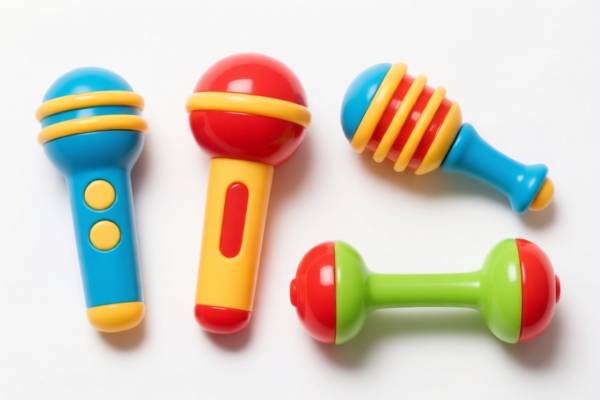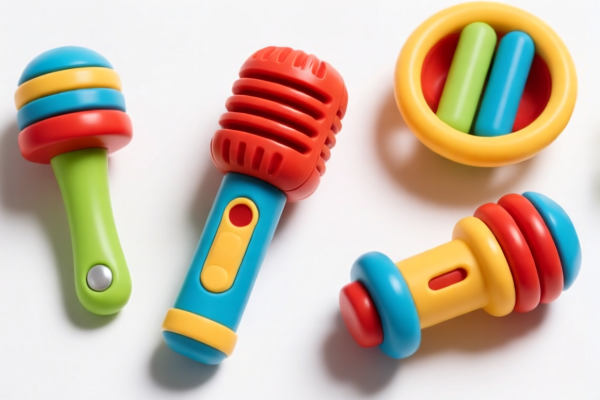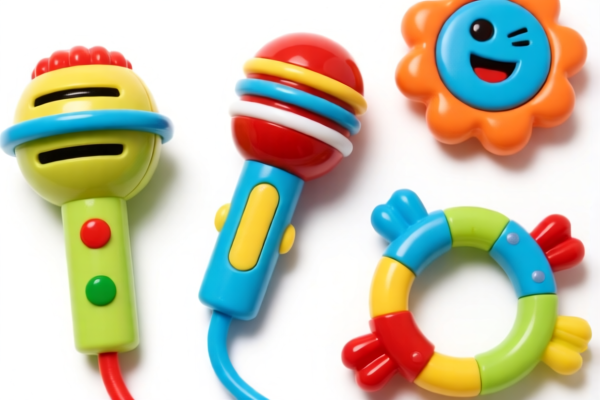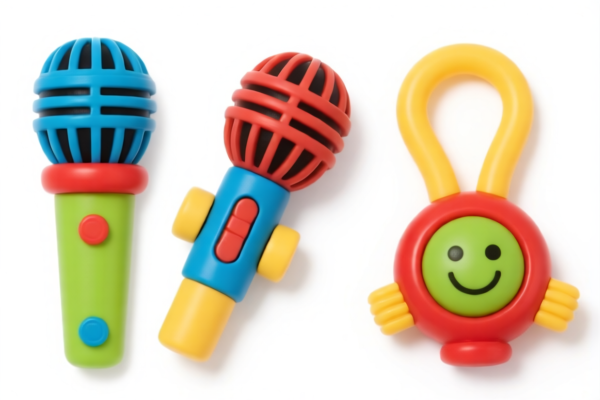| HS Code | Official Doc | Tariff Rate | Origin | Destination | Effective Date |
|---|---|---|---|---|---|
| 9503000071 | Doc | 30.0% | CN | US | 2025-05-12 |
| 9503000073 | Doc | 30.0% | CN | US | 2025-05-12 |
| 9505902000 | Doc | 30.0% | CN | US | 2025-05-12 |
| 9505906000 | Doc | 30.0% | CN | US | 2025-05-12 |
| 9205906000 | Doc | 37.5% | CN | US | 2025-05-12 |
| 9205904080 | Doc | 42.4% | CN | US | 2025-05-12 |
| 8901900000 | Doc | 55.0% | CN | US | 2025-05-12 |
| 8901900000 | Doc | 55.0% | CN | US | 2025-05-12 |
| 9208100000 | Doc | 33.2% | CN | US | 2025-05-12 |
| 9208900040 | Doc | 42.8% | CN | US | 2025-05-12 |
| 9507902000 | Doc | 41.2% | CN | US | 2025-05-12 |
| 9507907000 | Doc | 46.5% | CN | US | 2025-05-12 |
| 9209998000 | Doc | 42.8% | CN | US | 2025-05-12 |
| 9209996100 | Doc | 37.5% | CN | US | 2025-05-12 |




Musical Instrument Set Toys
Musical instrument set toys are collections of simplified, child-sized instruments designed to introduce young children to the world of music. They typically aim to foster creativity, rhythm development, and an appreciation for sound.
Materials
These toys are commonly constructed from:
- Plastic: Durable, lightweight, and easily molded into various shapes. Often used for xylophones, trumpets, drums, and other percussive instruments.
- Wood: Provides a warmer tone and more traditional aesthetic. Frequently found in xylophones, shakers, and smaller percussion instruments.
- Metal: Used in some bells, cymbals, and occasionally in xylophone keys for brighter sounds.
- Fabric: Incorporated into tambourines, rhythm sticks with fabric wrapping, and occasionally as decorative elements.
Purpose & Function
- Early Musical Exposure: Introduce children to different sounds, tones, and instrument families.
- Rhythm Development: Encourage a sense of beat, timing, and coordination through playing.
- Creativity & Imagination: Allow children to experiment with sound and create their own music.
- Fine & Gross Motor Skills: Playing requires hand-eye coordination and physical movement.
- Social Interaction: Sets can be played with others, promoting teamwork and communication.
Usage Scenarios
- Home Play: Individual exploration and imaginative play.
- Preschool & Kindergarten: Used in music classes and group activities.
- Daycare Centers: Provide opportunities for musical learning and play.
- Playgroups: Facilitate social interaction and shared musical experiences.
- Therapy: Can be used in music therapy sessions to promote cognitive and emotional development.
Common Types
- Xylophones: Feature colorful keys that produce different tones when struck. Often include mallets for playing.
- Drums: Available in various sizes and configurations (e.g., hand drums, snare drums, bass drums).
- Tambourines: Circular frames with jingles that create a rhythmic sound when shaken or struck.
- Shakers & Maracas: Small, handheld instruments filled with beads or pellets that create sound when shaken.
- Trumpets & Trombones: Simplified versions of brass instruments, often made of plastic, producing a loud, clear sound.
- Cymbals: Small, metal plates that create a crashing sound when struck together.
- Bells: Handheld or tabletop bells that produce a ringing sound when struck.
- Rhythm Sticks: Pairs of sticks that are struck together or against other surfaces to create a rhythmic sound.
- Keyboards: Small, electronic keyboards with limited keys and pre-recorded sounds.
- Complete Sets: Bundles containing a variety of instruments, often packaged in a carrying case.
Safety Considerations
- Non-toxic Materials: Ensure instruments are made from materials safe for young children.
- Small Parts: Check for small parts that could pose a choking hazard.
- Durability: Choose instruments that are sturdy and can withstand rough play.
- Volume Control: Be mindful of the volume level, as some instruments can be loud.
Musical instrument set toys can encompass a variety of items designed to resemble or function as musical instruments, often intended for children's play or educational purposes. The classification depends on the specific composition and functionality of the set.
Here are relevant HS codes based on the provided reference material:
- 9208.10.00.00: Music boxes. This code applies if the set primarily consists of music boxes. The reference material defines this as music boxes.
- 9208.90.00.40: Other Musical instruments. This code is applicable if the set includes musical instruments not specifically falling under other headings. The reference material defines this as other musical instruments.
- 9503.00.00.71: Tricycles, scooters, pedal cars and similar wheeled toys; dollsʼ carriages; dolls, other toys; reduced-scale (“scaleˮ) models and similar recreational models, working or not; puzzles of all kinds; parts and accessories thereof “Childrenʼs productsˮ as defined in 15 U.S.C. § 2052: Other: Labeled or determined by importer as intended for use by persons: Under 3 years of age. This code applies if the set is specifically designed for children under 3 years of age and is classified as a toy.
- 9503.00.00.73: Tricycles, scooters, pedal cars and similar wheeled toys; dollsʼ carriages; dolls, other toys; reduced-scale (“scaleˮ) models and similar recreational models, working or not; puzzles of all kinds; parts and accessories thereof “Childrenʼs productsˮ as defined in 15 U.S.C. § 2052: Other: Labeled or determined by importer as intended for use by persons: 3 to 12 years of age. This code applies if the set is specifically designed for children between 3 and 12 years of age and is classified as a toy.
Explanation of HS Code Structure (based on reference material):
- Chapter 92: Scientific instruments and measuring, checking, precision, medical, surgical, printing, transmitting, recording or reproducing apparatus and equipment. This chapter covers musical instruments.
- Chapter 95: Toys, games and sports equipment; parts and accessories thereof. This chapter covers toys.
- Heading 08: Music boxes. This heading specifically refers to music boxes.
- Heading 90: Other musical instruments. This heading covers musical instruments not specifically classified elsewhere.
- Heading 03: Tricycles, scooters, pedal cars and similar wheeled toys; dollsʼ carriages; dolls, other toys. This heading covers a range of toys.
- Subheading .00: Further specifies the type of item within the heading.
- Subheading .71: Indicates items labeled or determined for use by persons under 3 years of age.
- Subheading .73: Indicates items labeled or determined for use by persons between 3 and 12 years of age.
Important Note:
Regarding HS codes 9503.00.00.71 and 9503.00.00.73, the classification as a "Children’s product" as defined in 15 U.S.C. § 2052 is crucial. The importer's determination of the intended age group is a key factor in selecting the correct code.
Customer Reviews
No reviews yet.